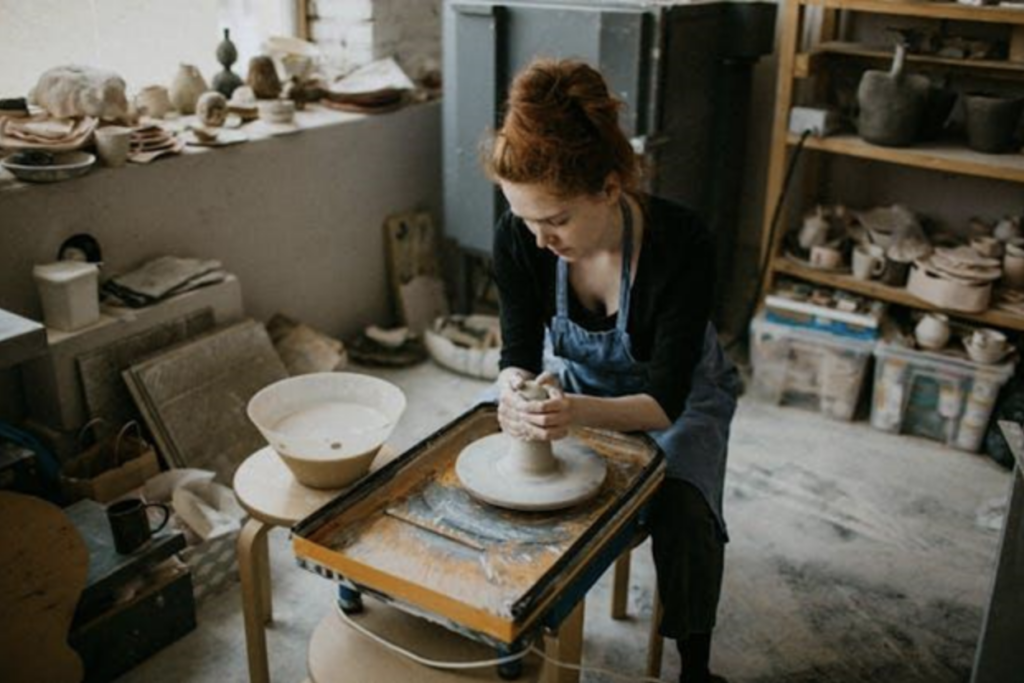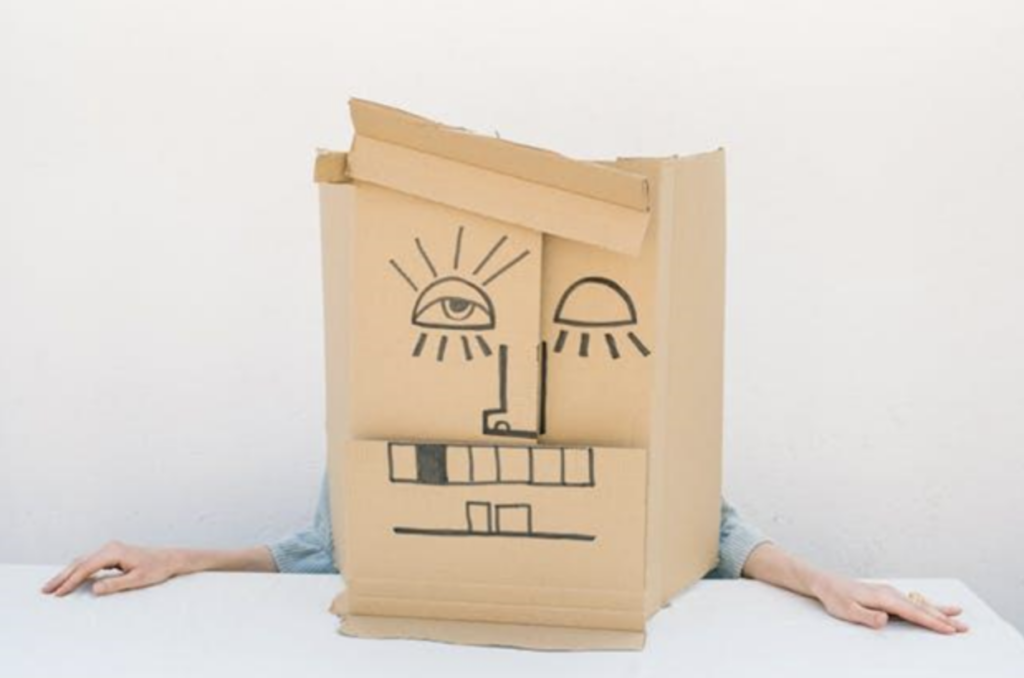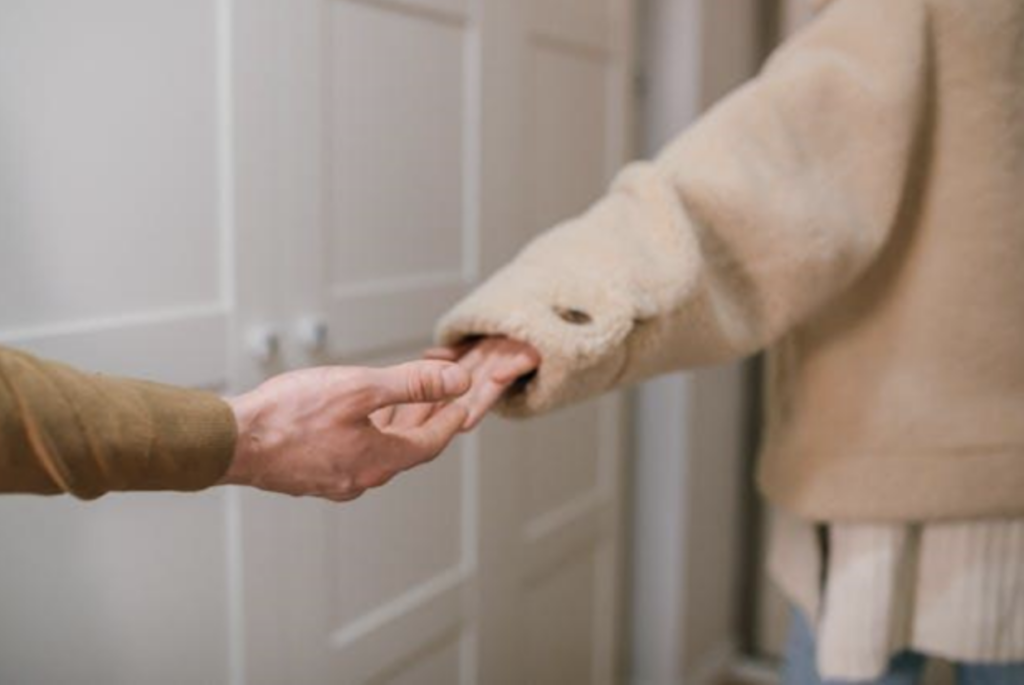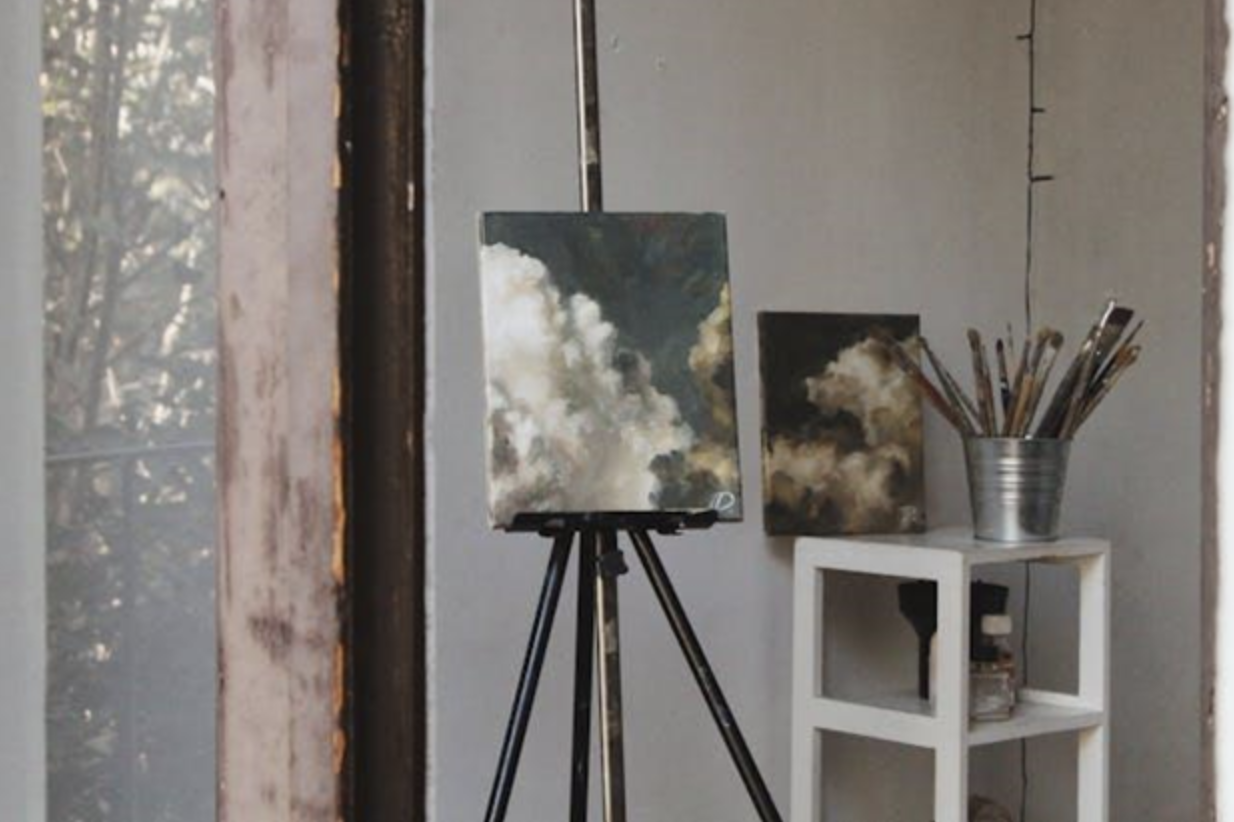Spaces often shape the essence of what we create. A studio reflects our craft and our emotional connection to the work. When moving out of a studio that defined your work, the decision can feel monumental, even overwhelming. Yet, transitions inspire growth. By approaching the shift intentionally, you empower yourself to embrace new possibilities. Engage actively with this discussion—consider how these insights might apply to your experience. Whether you’re an artist or someone inspired by news about art, let this guide spark meaningful action.
The Emotional Connection to Your Creative Space
A studio holds more than tools and walls; it embodies moments of inspiration and challenges overcome. For years, its walls have witnessed your struggles and successes, making the space deeply personal. Every brushstroke, every note, or every word drafted there becomes a testament to your journey as a creator.
Think of iconic creatives and their workspaces. Frida Kahlo’s blue house became an extension of her soul. Writers often credit their desks as silent collaborators. Losing this environment can feel like leaving behind a vital part of your identity. Yet, it’s important to remember that your creativity is not confined to a single location.

Why Leaving Feels Like Losing Part of Your Identity
The thought of moving out of a studio that defined your work often triggers nostalgia. The smell of paint, the sound of your tools—these sensory memories stay with you. It feels as if you’re leaving a part of yourself behind. You may even fear the new space will lack the same magic.
However, this fear comes from attachment rather than reality. Remind yourself that the heart of your craft lies in you, not the space. Your work thrives when you do. Though emotional, this transition carries the potential for reinvention.
Recognize the Opportunity in Change
Each move holds potential. While your old studio anchored you in familiar routines, stepping into a new space offers freedom. Changes force us to adapt, which often unlocks ideas we might not have explored before.
Begin to envision how your new environment could shape your next chapter. A fresh workspace can open the door to innovative projects or techniques. Use the move to reevaluate your goals and remove limitations you may not have noticed before.
Practical Steps to Emotionally Prepare for the Move
Approach the move thoughtfully, preparing yourself both mentally and emotionally. Take deliberate steps to honor the connection you share with your studio:
- Document your memories: Photograph the studio as it is today. Write about your favorite moments there.
- Create one last piece: Craft something meaningful before leaving, dedicating it to your time in the space.
- Host a farewell moment: Invite close friends or collaborators to reflect on your shared experiences.
Packing can also serve as an act of closure. Use this moment to evaluate what to keep and what to let go of. If you are relocating valuable pieces or tools, ensure they are protected. Investing in fine art moving insurance can safeguard your work, providing peace of mind.
Handle the Physical Aspects of the Move
When moving out of a studio that defined your work, practical steps hold as much weight as emotional preparation. Start by sorting your materials into clear categories. Decide what essentials need to accompany you to the new space. Use this opportunity to reassess your tools and prioritize what truly supports your creative process.
Pack fragile or valuable items in sturdy boxes with proper padding. Label each box clearly to simplify the unpacking process. For large items, such as sculptures or canvases, consider hiring professionals to ensure safe transport. Even a small mistake could cause irreparable damage.
If you lease your current studio, review the terms of your agreement carefully. Plan ahead for any required notice periods or obligations. When transitioning to a new studio, it’s essential to negotiate an art studio lease that aligns with your long-term needs. Doing so can help avoid unnecessary stress or disputes. Leaving the current space in excellent condition will also help maintain goodwill with your landlord or property manager.

Build a New Creative Space
The next studio holds the potential to inspire new ideas. Choose a location that aligns with your evolving needs. Pay attention to lighting, ventilation, and layout. Make decisions that reflect the type of work you aim to produce.
Set up the new space thoughtfully. Arrange tools and equipment where they feel intuitive. A studio that feels intentional enhances productivity.
Do not rush. Let your connection to the space develop over time. Experiment with different setups. If challenges arise, view them as opportunities to refine your vision.
Honor the Legacy of Your Old Studio
Before you close the door on your old studio, create a tribute. Photograph the space or make a short video capturing its essence. Use these keepsakes to celebrate the studio’s role in shaping your work.
Share this moment with your audience or close friends. Acknowledging the transition publicly can connect you to others who have faced similar moments.
You might also dedicate a piece of art to this transition. Let the work capture the emotion tied to your time there. Such gestures give closure, helping you move forward with confidence.
The Psychological Impact of Letting Go
Every transition challenges us. Moving out of a space that feels like an extension of yourself is no different. Allow yourself time to process. Acknowledge the nostalgia, but do not let it anchor you to the past.
Focus on what lies ahead. A new studio offers an opportunity to redefine your process. Consider how this change could improve your craft. If negative feelings arise, channel them into something creative.
Letting go allows growth. Clinging to the old can limit your potential. By embracing change, you expand your horizons. Keep this perspective close as you settle into your next creative chapter.

Moving Out of a Studio That Defined Your Work Is Hard, But Worth It
Moving out of a studio that defined your work feels emotional and challenging. Yet, every ending marks a beginning. A studio does not define you—your creativity defines the studio. Focus on the future and approach it with intention. When you honor the past while embracing change, you step into your next chapter prepared and inspired.
__________________________
Author bio:
Sophia Bennett is a relocation expert and content writer for Miracle Movers, a trusted company offering moving, storage, and packing services in Canada. She shares insights on navigating transitions easily and purposefully, drawing from her creative background and practical expertise.


